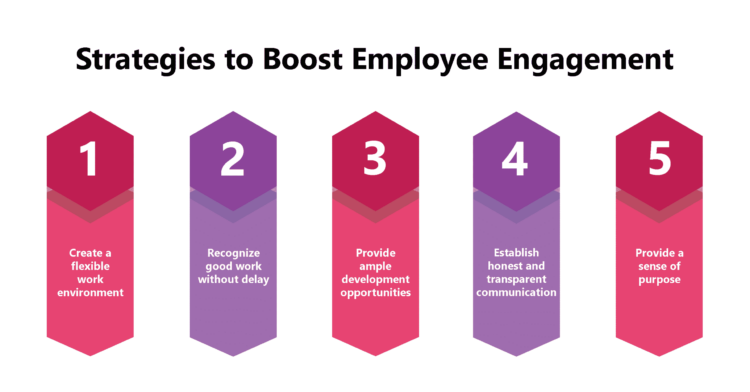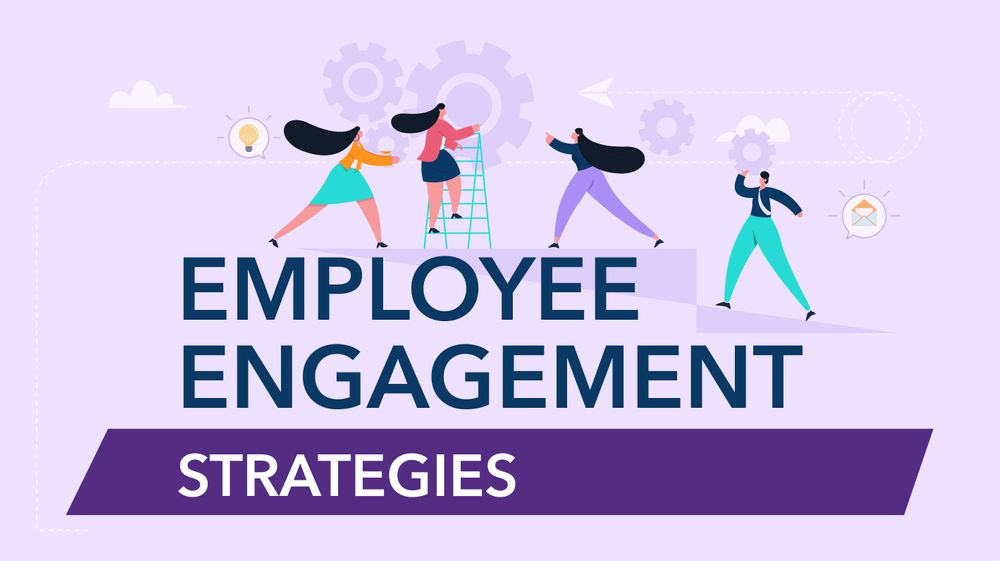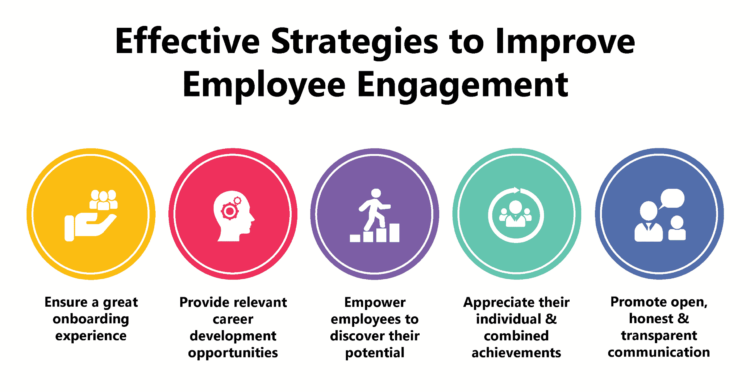The Ultimate Guide To Employee Engagement Strategies

Introduction to Employee Engagement
Employee engagement is more than just a buzzword; it’s a critical factor for organizational success. Engaged employees are motivated, productive, and committed to their work. In this guide, we will explore employee engagement strategies that can transform your workplace culture. By implementing these strategies, HR professionals, managers, and business leaders can enhance employee motivation and retention. Let’s dive into the world of employee engagement!

The Importance of Employee Engagement
High levels of employee engagement lead to numerous benefits for organizations. According to Gallup, companies with engaged employees experience 21% higher profitability. Furthermore, engaged teams have lower turnover rates, which saves on recruitment costs. A study from Harvard Business Review found that organizations with strong employee engagement witness 17% higher productivity. Clearly, investing in employee engagement strategies is essential for long-term success.
Effective Strategies for Employee Engagement
Open Communication
One of the best employee motivation techniques is fostering open communication. When employees feel comfortable sharing their thoughts, they become more engaged. Regular check-ins, feedback sessions, and team meetings create an environment of transparency. For instance, at Google, the use of “TGIF” meetings allows employees to ask questions directly to executives, promoting a culture of openness.
Recognition and Rewards
Recognizing employee achievements is a powerful way to improve employee engagement. According to Deloitte Insights, organizations that prioritize employee recognition see a 31% lower voluntary turnover rate. Simple gestures, like shout-outs in team meetings or employee of the month programs, can make a significant difference. For example, Salesforce has a robust recognition program that celebrates both individual and team successes, leading to higher morale and commitment.
Professional Development
Investing in employee growth leads to enhanced engagement. Employees want to feel that their skills are being developed. Providing training sessions, workshops, and mentoring opportunities is essential. A case study from McKinsey & Company shows that companies that offer career development opportunities improve employee engagement by 20%. By prioritizing professional growth, organizations create a motivated workforce eager to contribute.
Work-Life Balance
Promoting a healthy work-life balance is vital for employee engagement. Flexible work hours, remote work options, and wellness programs help employees feel valued. For instance, companies like Microsoft Japan implemented a four-day workweek, resulting in a 40% increase in productivity. This strategy not only boosts engagement but also supports overall employee well-being.

Team Building Activities
Creating strong relationships among coworkers enhances engagement. Team building activities, both in-person and virtual, foster camaraderie. Companies like Zappos prioritize team-building events, resulting in a more engaged workforce. These activities create a sense of belonging and improve collaboration, making employees feel more connected to their organization.
Measuring Employee Engagement
To improve employee engagement, organizations must measure it effectively. Using surveys and feedback tools can provide valuable insights.
Employee Engagement Surveys
Conducting regular employee engagement surveys helps gauge the overall sentiment within the organization. These surveys can reveal areas for improvement and track progress over time.
Pulse Surveys
Pulse surveys are short, frequent surveys that provide real-time feedback on employee engagement. This method allows organizations to respond quickly to any emerging issues, enhancing overall engagement.
Employee Engagement Tools
Several tools, such as Officevibe and TINYpulse, assist in measuring employee engagement. These platforms provide analytics that help HR professionals understand engagement levels better and make informed decisions.

Case Studies of Successful Employee Engagement
Company A: Google
Google’s emphasis on open communication and employee recognition has led to a culture of high engagement. Their “TGIF” meetings encourage transparency, while their recognition programs celebrate employee achievements. As a result, Google ranks consistently among the best workplaces.
Company B: Salesforce
Salesforce’s comprehensive recognition program fosters a culture of appreciation. By celebrating individual and team successes, Salesforce has seen a significant decrease in turnover rates, promoting higher employee satisfaction.
Company C: Microsoft Japan
Microsoft Japan’s innovative approach to work-life balance led to a trial of a four-day workweek. This move resulted in a remarkable 40% boost in productivity, showcasing the importance of employee well-being.
Company D: Zappos
Zappos is known for its strong team-building initiatives. By prioritizing relationships among employees, Zappos has cultivated a highly engaged workforce, leading to exceptional customer service and loyalty.
Company E: Deloitte
Deloitte’s focus on professional development has resulted in high employee engagement levels. With extensive training programs and mentorship opportunities, Deloitte empowers employees to grow their skills and advance their careers.
Conclusion
In summary, implementing effective employee engagement strategies is essential for fostering a motivated workforce. From open communication to recognition programs, these strategies can significantly impact employee satisfaction and retention. By measuring engagement and adopting best practices, organizations can create a thriving workplace culture. Start prioritizing employee engagement today to unlock your organization’s full potential!
For more insights, check out our articles on employee motivation techniques, workplace culture, and performance management strategies.